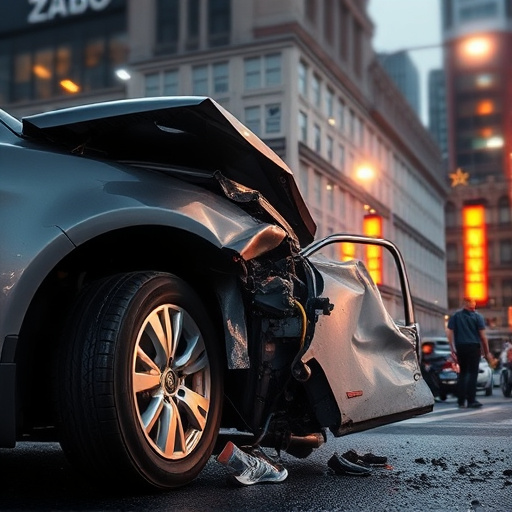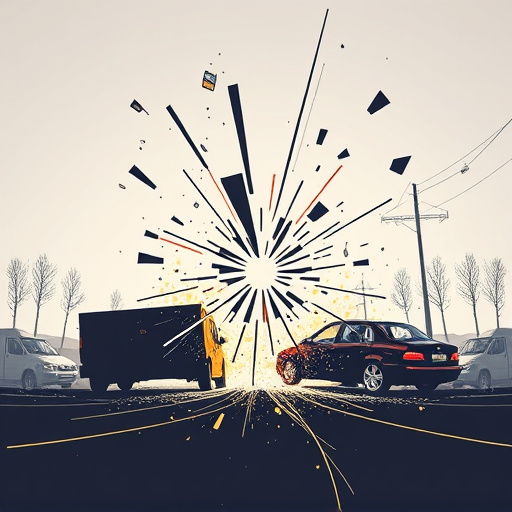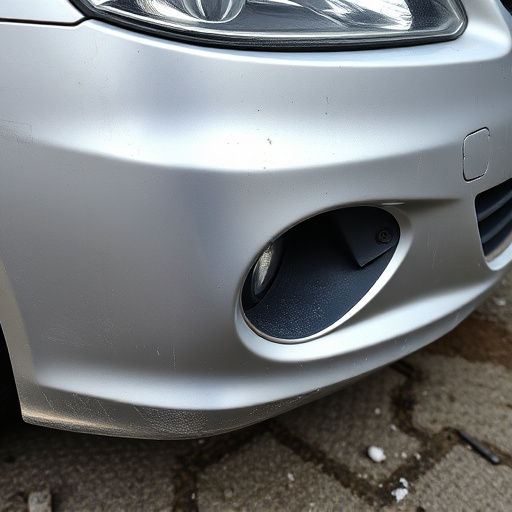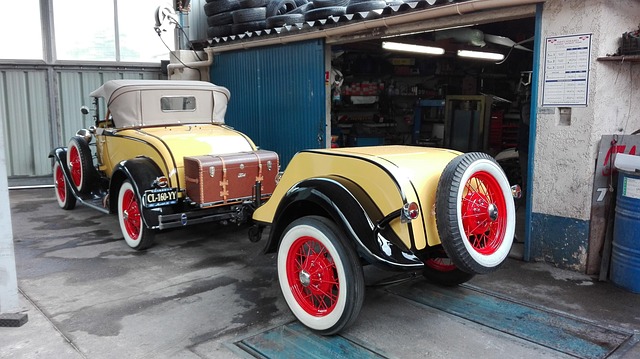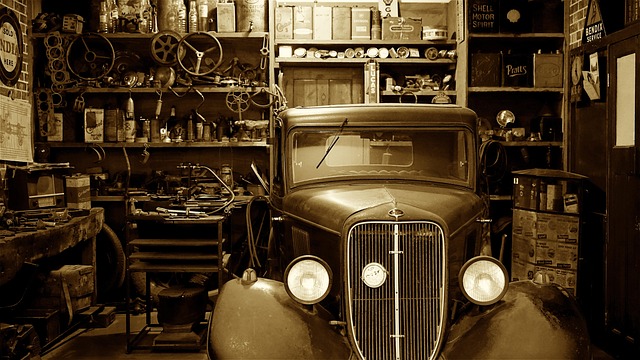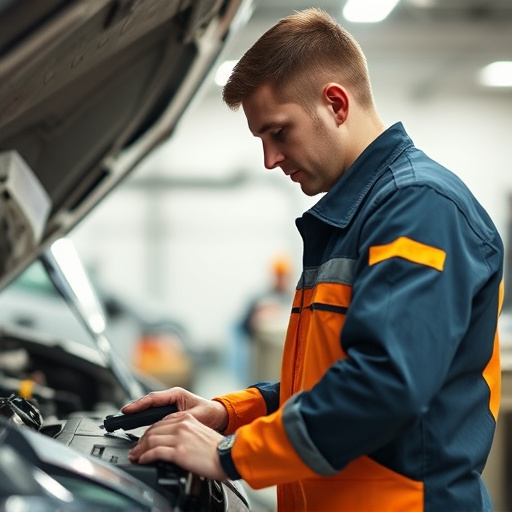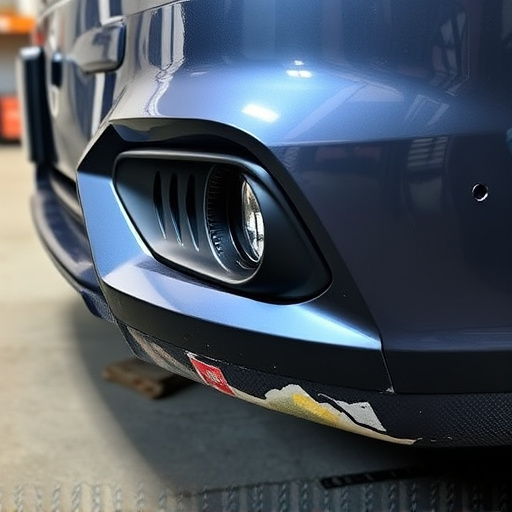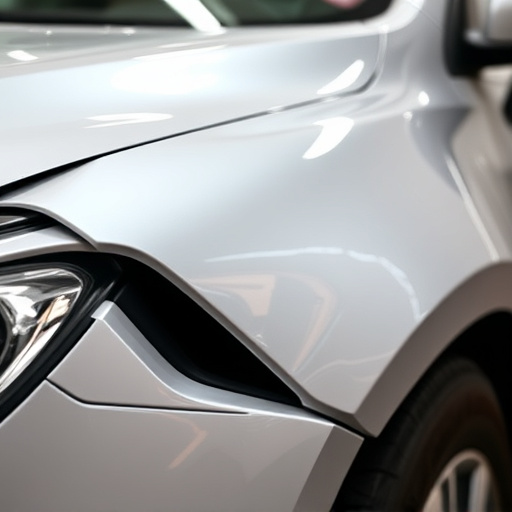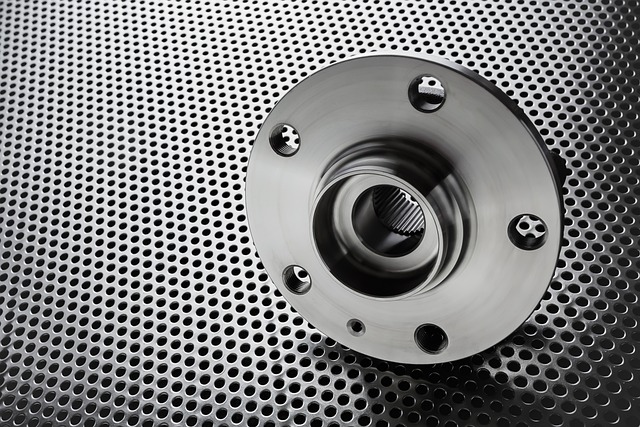Laser frame alignment is a cutting-edge auto maintenance technique using advanced lasers to accurately measure and adjust vehicle body panels to factory specifications, addressing wear and tear or past repair misalignments. This process enhances safety, aesthetics, structural integrity, collision performance, and the driving experience, ultimately lowering long-term maintenance costs. By offering precise measurements and cuts, minimizing errors, streamlining repairs, and prioritizing optimal performance, laser frame alignment revolutionizes collision repair, maintaining crucial accuracy through regular calibrations, clean work areas, top-tier standards, structured processes, proper frame mounting, adherence to manufacturer guidelines, and detailed documentation.
Laser frame alignment is a critical process ensuring precision in various industries, from manufacturing to construction. Understanding this technology and its fundamentals is key to unlocking numerous benefits. This article delves into the essentials of laser frame alignment, highlighting its advantages for accuracy and efficiency. We explore best practices to maintain precise results, emphasizing the importance of consistent calibration and environmental considerations. By mastering these concepts, professionals can revolutionize their workflows, relying on accurate laser frame alignment as a game-changer.
- Understanding Laser Frame Alignment: The Basics
- Key Benefits of Precise Laser Frame Alignment
- Best Practices for Maintaining Accurate Laser Frame Alignment
Understanding Laser Frame Alignment: The Basics
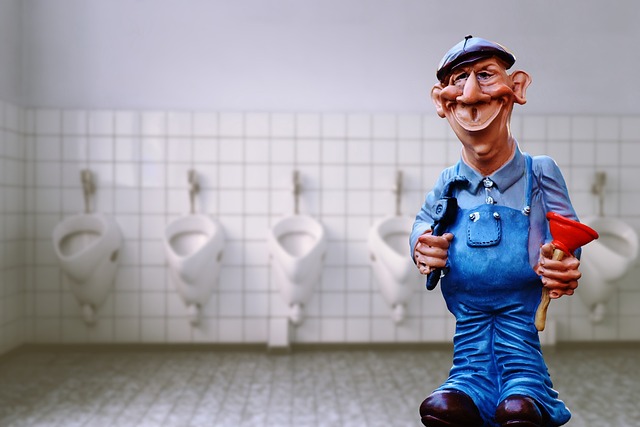
Laser frame alignment is a precise process that ensures the vehicle’s body panels are correctly positioned and aligned to factory specifications. It involves using advanced laser technology to measure and adjust various points on a car’s chassis, including doors, hoods, and fenders. This technique has become indispensable in modern auto maintenance due to its ability to restore structural integrity and improve overall vehicle aesthetics.
By employing this method, technicians can accurately detect even the slightest misalignments caused by everyday wear and tear, accidents, or previous repairs like car scratch repair or auto dent repair. The benefits are numerous; not only does it enhance the safety of the vehicle by ensuring proper weight distribution and collision performance, but it also improves the overall driving experience and reduces long-term maintenance costs.
Key Benefits of Precise Laser Frame Alignment
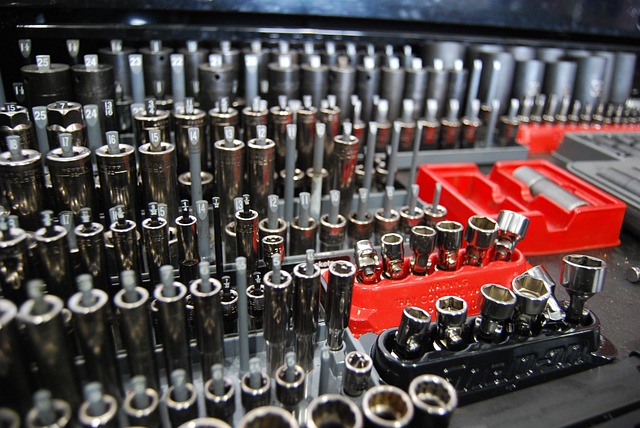
Precise laser frame alignment offers a multitude of benefits that significantly enhance the quality and efficiency of various automotive processes, including fender repair and vehicle paint repair in the context of automotive collision repair. By ensuring components are perfectly aligned, lasers enable more accurate measurements and cuts, minimizing errors that can lead to costly rework. This precision is particularly critical for complex geometric shapes and tight tolerances, which are common in modern vehicle designs.
Moreover, laser frame alignment streamlines the entire repair process, saving time and resources. With laser technology, repairs can be completed faster and with greater consistency, leading to reduced labor costs and higher customer satisfaction. In automotive collision repair, where first impressions matter, precise alignment ensures that vehicles not only look good but also perform optimally after repairs, enhancing safety and reliability on the road.
Best Practices for Maintaining Accurate Laser Frame Alignment
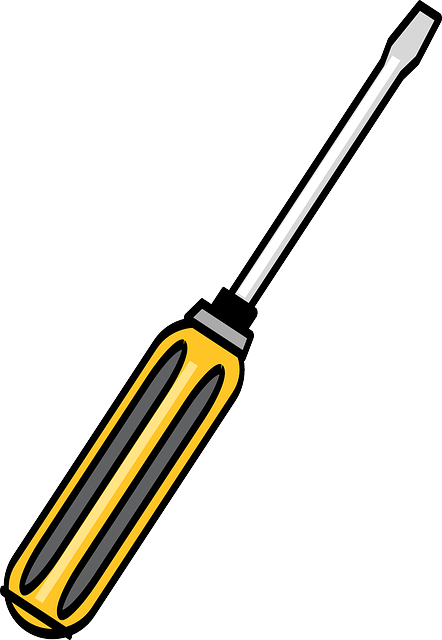
Maintaining accurate laser frame alignment is paramount for ensuring precision in auto collision repair and auto body repair processes. Best practices involve regular calibration checks to account for any shifts or drifts in the laser’s performance over time. Cleanliness is also critical; keeping the laser and its surroundings free from debris and contaminants minimizes interference that could impact alignment accuracy. Additionally, using high-quality reference standards during setup helps maintain consistent and reliable results across multiple jobs at the auto collision center.
Another key practice is to implement a systematic approach to frame alignment, starting with proper mounting and securement of the vehicle’s frame. Following manufacturer guidelines for specific laser frame alignment procedures ensures optimal results. Moreover, documenting each step of the process—from initial setup to final adjustments—not only aids in troubleshooting but also facilitates knowledge transfer among auto collision repair professionals within the center, promoting consistent quality standards across all repairs.
Laser frame alignment is not just a technical detail—it’s the cornerstone of accuracy in various industries. By ensuring precise positioning and orientation, organizations can maximize the benefits of laser technology, from improved efficiency to enhanced product quality. Regular maintenance and adherence to best practices are vital to preserving this crucial alignment, ultimately driving better outcomes and competitiveness in today’s market.
